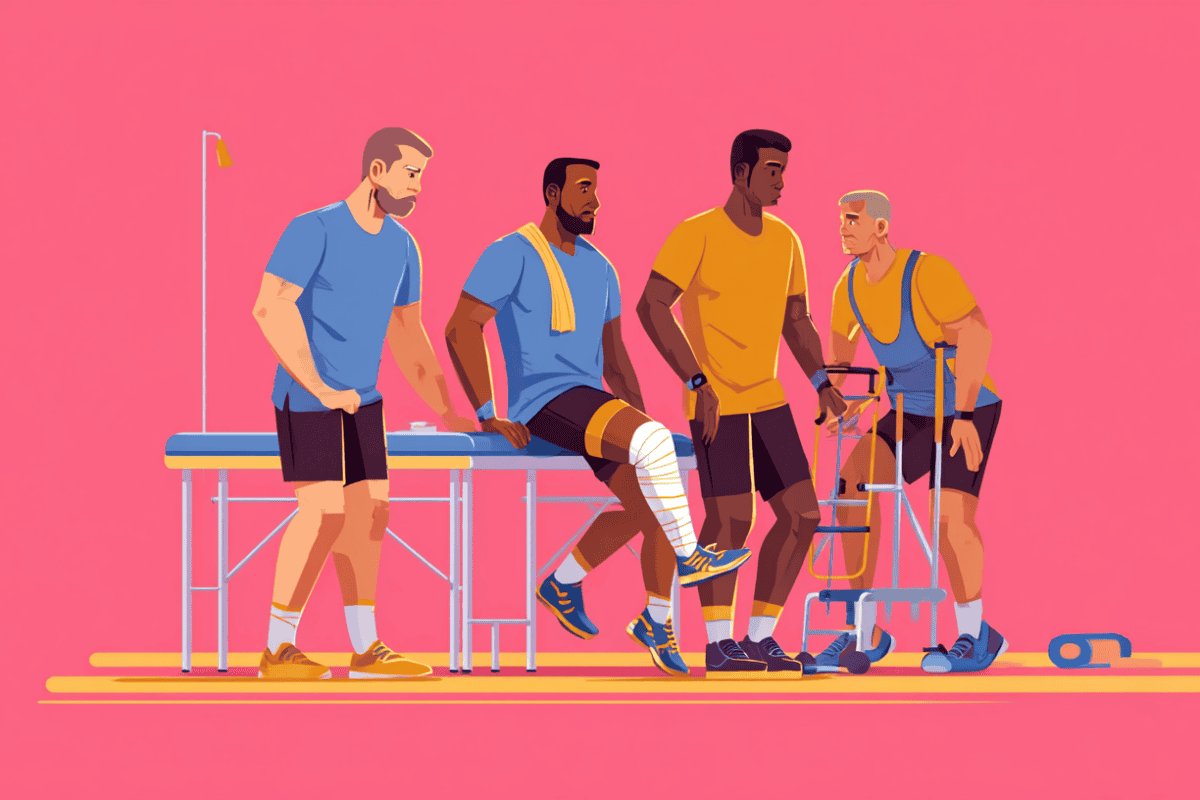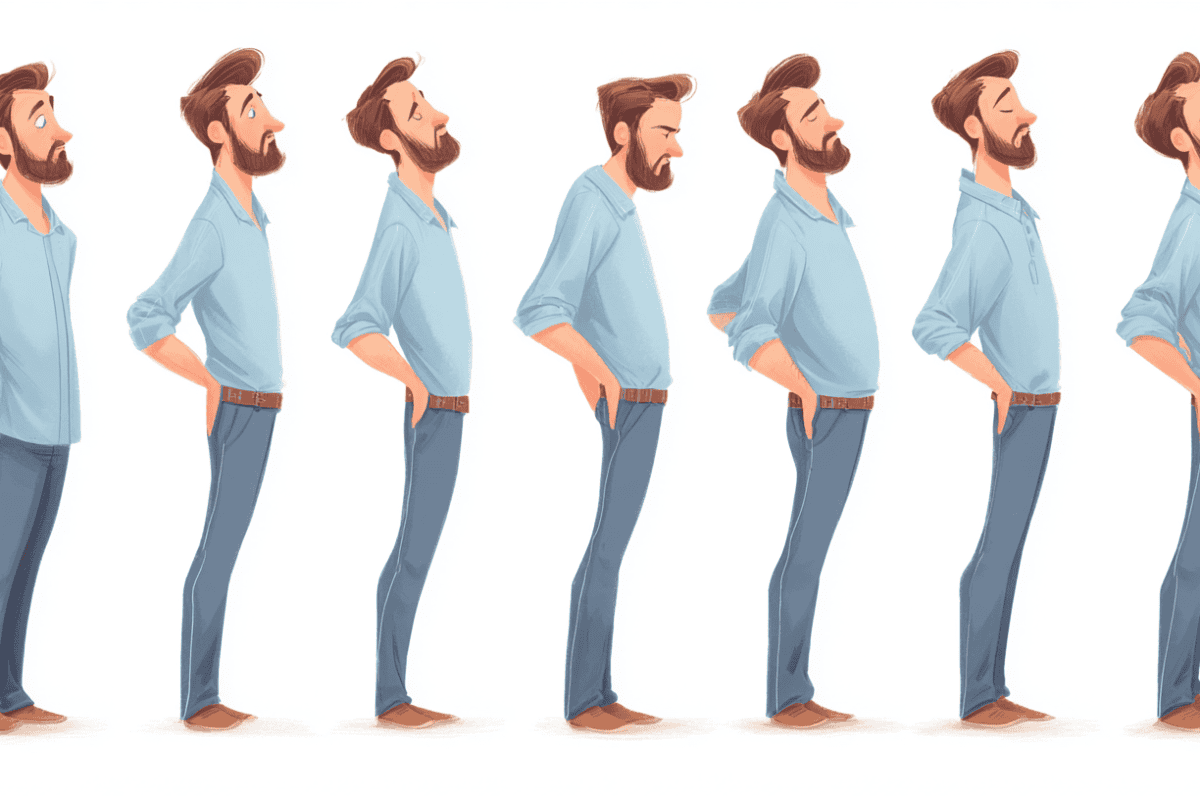One of the key aspects of rehabilitation is ensuring patients have access to the resources and knowledge they need to actively recover. This may be especially true for athletes and sports enthusiasts, for whom the concept of being sedentary for weeks on end can have very real psychological and physiological impacts.
While much may depend on the nature and severity of the individual’s injury or condition, resuming movement gradually, without allowing muscles and ligaments to weaken indefinitely, is important, as is ensuring a professional monitors load to prevent unnecessary pressure or strain.
NK Active, specialists in podiatry and injury rehab, with clinics in Basingstoke and Romsey, explain how anti-gravity treadmills work, when they may be beneficial, and how controlling load is vital to achieving a well-managed recovery.
The Paradox of Creating Manageable Loads During Rehabilitation Without Risking Re-Injury
Part of the reason we often incorporate anti-gravity treadmills into rehabilitation programmes is that they offer a way to achieve the perfect balance, addressing the long-established issue we refer to as the ‘load paradox’.
In short, some aspect of load, or the stress created by exercise, is 100% essential during rehab. That’s because properly controlled load helps rebuild strength and ensure soft tissues adapt without becoming weak, stiff, or atrophied, where tissues or muscles become significantly smaller, weaker, or less functional.
However, excessive load is just as dangerous. Overloading damaged muscles, joints, and tissues can have the opposite effect, worsening the injury, creating additional pain and soreness, and potentially delaying recovery by a considerable margin.
This is why we, as musculoskeletal rehabilitation clinicians, need to strike the right balance, whether we’re supporting a patient recovering post-surgery, helping someone regain mobility, or ensuring an athlete can return to their sport. It’s also the reason we commonly introduce anti-gravity treadmills as a solution that enables us to accurately modify the load according to the individual’s exact needs and recovery phase.
The Science of Unloading: How Anti-Gravity Treadmills Work
Here at NK Active, we use an AlterG Anti-Gravity Treadmill, which incorporates advanced tech called NASA Differential Air Pressure (DAP). This refers to air calibration, which is calculated according to the person’s weight within a pressurised chamber to support faster, more targeted rehabilitation exercises.
Without delving too deeply into the technical functionality of this piece of kit, we can lower the gravitational load in increments of 1% at a time, which, at the highest setting, feels similar to floating, whether the person is running, walking, jumping, or hopping.
The benefits are compelling. Patients can use a treadmill that reduces the impact of each step by as little or as much as is needed, ensuring they can safely return to exercise. Those hoping to preserve muscle mass and flexibility while awaiting surgery can remain mobile, and patients reintroducing walking and running into their routines can do so with confidence.
Clinical Evidence Supporting the Efficacy of Anti-Gravity Treadmills
While an anti-gravity treadmill might sound futuristic, it’s also a technique grounded in evidence-based, peer-reviewed studies and clinical trials.
A 2022 study published by the National Library of Medicine found that there are ‘several therapeutic advantages’ of anti-gravity treadmills in running injury rehab, and that they represent a ‘safe transition to ground running.
A separate systematic review published by ScienceDirect in 2024 had similar findings, stating that, after screening 185 articles and evaluating 11, an anti-gravity treadmill had proven to be ‘feasible, safe and well-tolerated by patients with musculoskeletal disorders.
Examples of Some of the Many Use Cases for Anti-Gravity Treadmills
Rehabilitation applies to a broad range of circumstances. Anti-gravity treadmills can be used in sports medicine, preparing athletes to return to running and assisting with recovery from stress injuries, muscle tears, and tendon damage.
They are likewise used as part of post-surgery rehabilitation, supporting patients who have undergone joint replacement or ACL reconstruction. Well-managed loads ensure the repaired ligament is carefully strengthened and enable the person to return to walking and other activities.
Some of the lesser-known applications of anti-gravity treadmills also apply to scenarios unrelated to sports, including for patients with chronic conditions such as Parkinson’s and MS, and those who have experienced neurological events and strokes.
Learning to regain muscle movement patterns following a stroke, for example, or mobility training for older adults who have developed frailty and are at increased risk of a fall, is an excellent way to improve confidence and physical ability in a safe, well-controlled and customisable environment.
How We Integrate Anti-Gravity Treadmill Training Into Patient Journeys
As with any patient new to NK Active, we’ll start with a bespoke assessment to ensure we have a thorough understanding of your current gait, the injuries or interventions you have experienced, and your existing load tolerance levels, all of which are key to developing a personalised rehabilitation plan.
Depending on the outcomes, we might then recommend progressive loading, starting with gentle or minimal weight-bearing and building up to full impact, where relevant to your needs.
This is particularly applicable to sports patients, where, for example, a person who has suffered an Achilles tendinopathy will benefit greatly from using the AlterG machine as part of a managed return-to-run programme.
It is important, however, to recognise that anti-gravity treadmill training isn’t a standalone solution. While this may be incorporated in your rehabilitation strategy, it’s always important to have a holistic plan built entirely around you, bearing in mind any orthotics you may wear, your strength and fitness, and sharing education to help you make informed decisions along the way.
Digital Health Buzz!
Digital Health Buzz! aims to be the destination of choice when it comes to what’s happening in the digital health world. We are not about news and views, but informative articles and thoughts to apply in your business.


